The International Scientific and Practical Conference “State and Development of Herd Horse Framing in Kazakhstan and Neighboring States” was held in Toraighyr village of Bayanaul district. It was conducted by Toraighyrov University and the Association of Horse Breeders of the Pavlodar Region.
Akim of the Pavlodar region Asaiyn Baikhanov addressed the conference participants with a welcoming speech, noting the importance of developing the equestrian industry, which is of great importance for the Kazakhs.

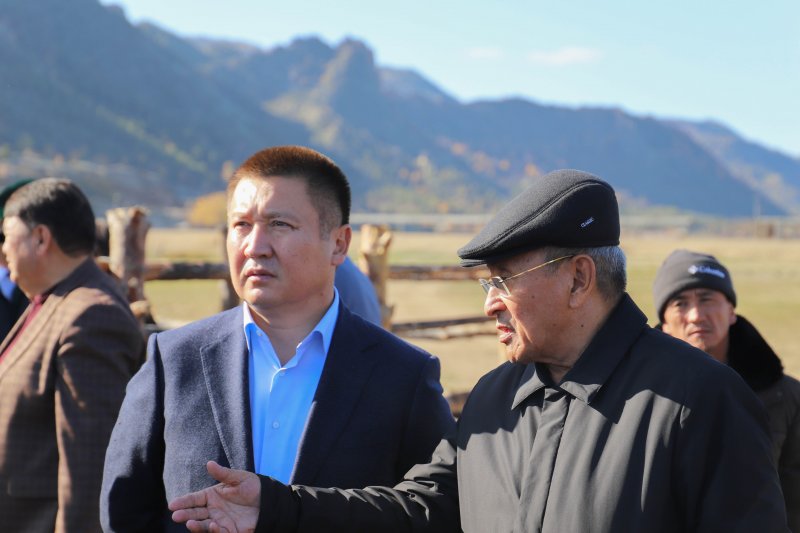
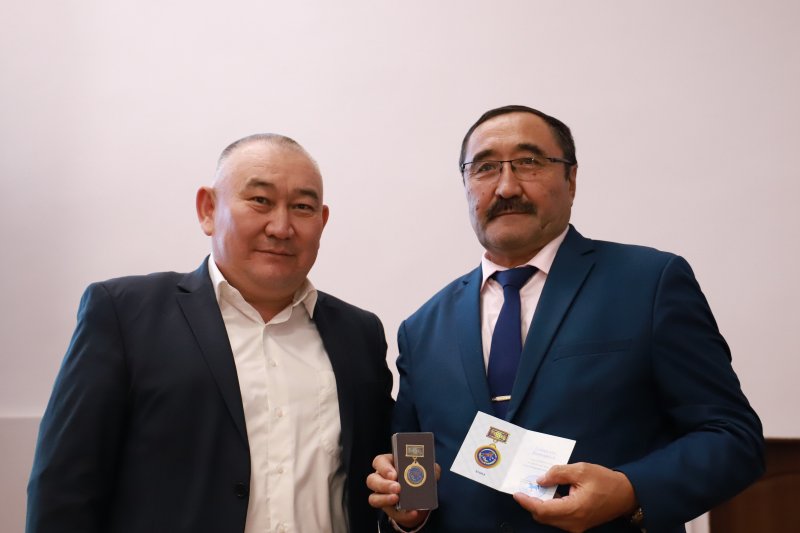
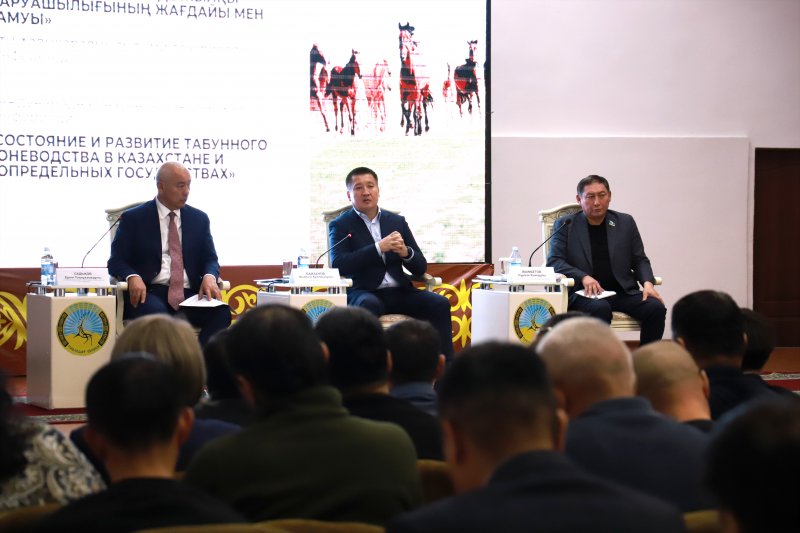
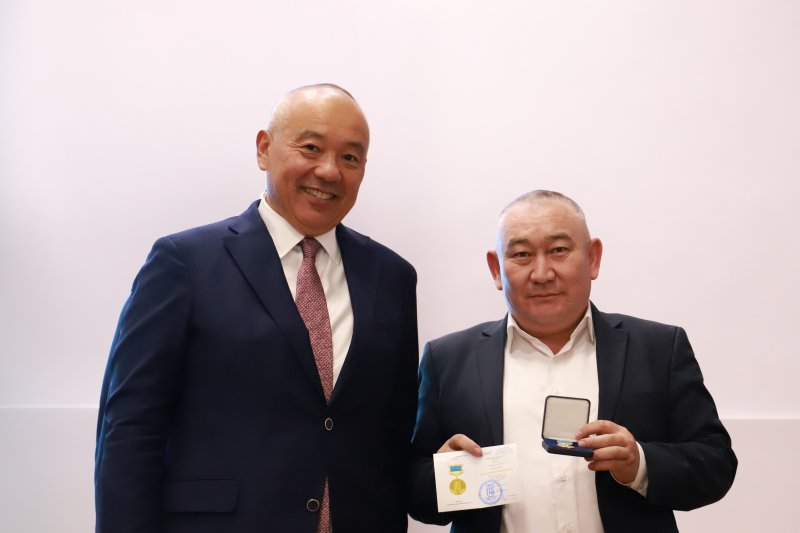
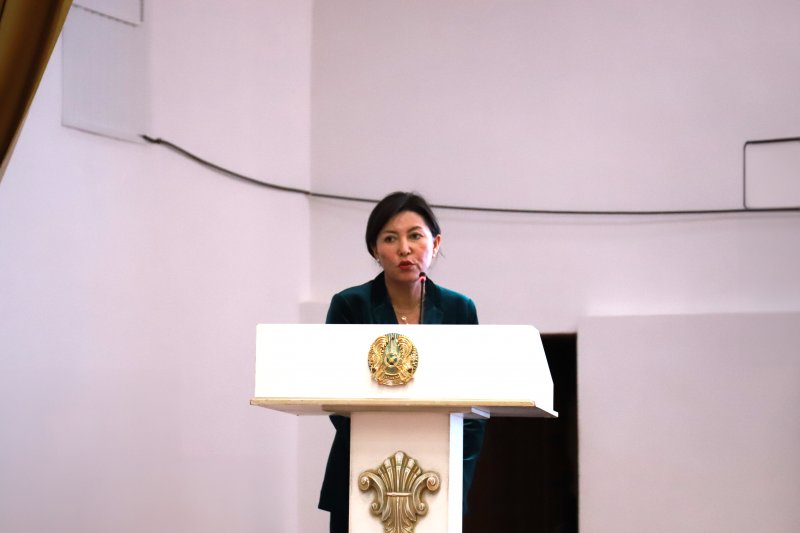
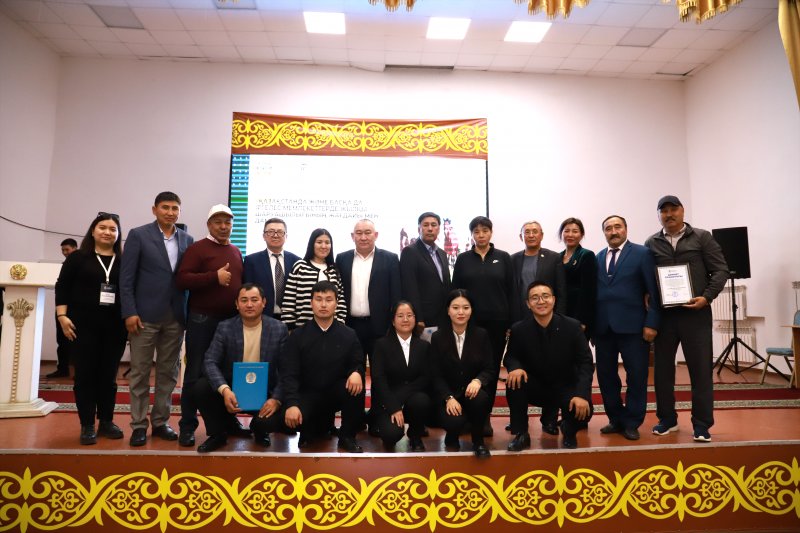
– This is, in fact, part of the genetic code of our people. “Keeping horses is in our blood,” said the regional akim.
Asain Baykhanov noted an increase in the number of horses in the region to 250 thousand heads. At the same time, more than 50 percent of the regional herd is concentrated in Bayanaul, May districts and the rural area of Ekibastuz. At the same time, the head of the region voiced problems in horse breeding that require joint solutions.
An exhibition of breeding horses was held before the plenary session of the conference. There, the results of joint selection work of horse breeders and scientists from Pavlodar, Almaty, Aktobe, Akmola and other regions of Kazakhstan were demonstrated there.
- Toraighyrov University has been working fruitfully with the Association of Horse Breeders of Kazakhstan for several years. Agricultural producers who deal with horses understand that science can help them develop the industry, and therefore are in constant contact with representatives of our university. This is exactly what cooperation between business and the scientific community should be if we want to achieve the greatest effect from our work,” noted the rector of the university, Yerkin Sadykov.
Deputy of the Mazhilis of the Republic of Kazakhstan Nurzhan Ashimbetov also took part in the conference. He spoke about methods for solving problem areas in the development of herd horse breeding.
At the plenary session, leading horse scientists from Kazakhstan, China, Mongolia, Kyrgyzstan and Russia presented their scientific reports. In addition to scientists, the conference was attended by managers and specialists of large horse breeding enterprises, teachers of the Faculty of Agricultural Sciences, and ToU master's students.






